THE THREE TYPES OF LIGHTING
THE THREE TYPES OF LIGHTING
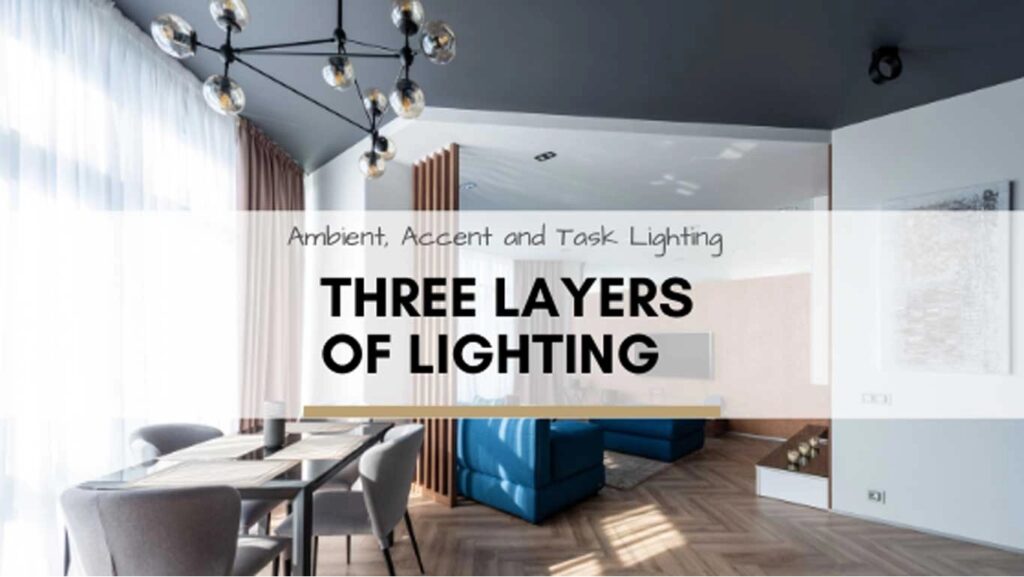
A multifunctional room—whether it’s your relaxation zone, digital workspace, creative studio, kitchen hub, or social dining area—demands a lighting ecosystem that flexes with every use case. Because a single fixture can’t deliver across all these operational scenarios, the lighting strategy has to align with each activity profile.
Patricia Rizzo from the Lighting Research Center reinforces this principle, noting that any high-performing space requires a three-tier lighting framework. Relying on one light source to drive every experience simply isn’t scalable. Each layer is engineered to address a distinct need and elevate the overall user journey.
In this integrated model, the three core lighting layers remain essential:
- AMBIENT LIGHTING
- ACCENT LIGHTING
- TASK LIGHTING
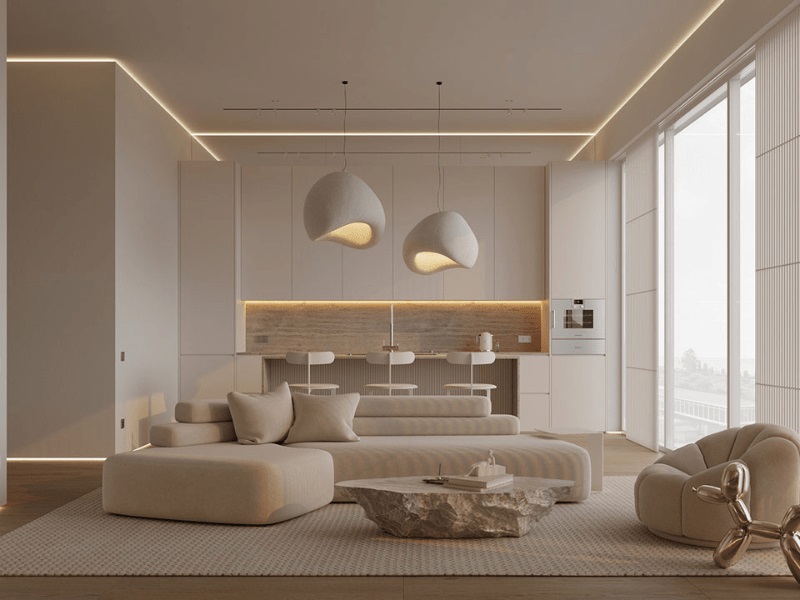
General or ambient lighting is intended to light up a room in its entirety. It provides a uniform level of illumination throughout the space independently of other lighting sources.
Moreover, its purpose is to ensure safe and easy traffic, as well as to create an overview of the room. The ambient light ‘bounces’ off the walls to illuminate as much space as possible.
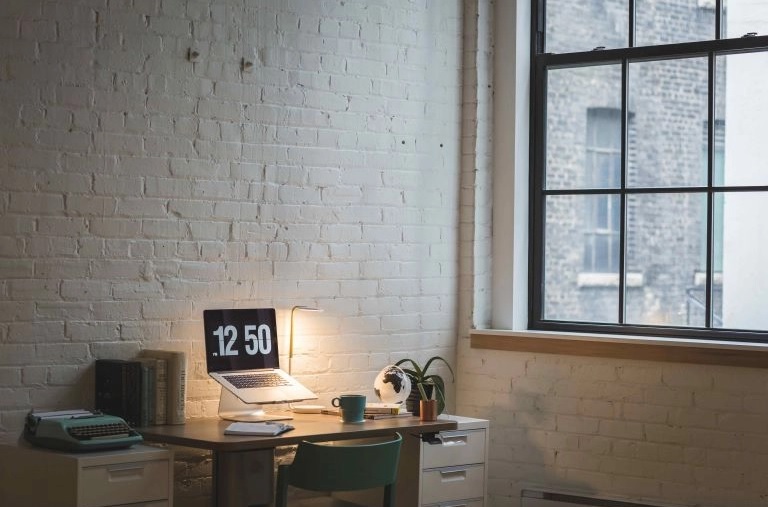
Next in our list of 3 layers of lighting is Task lighting illuminates the tasks a person carries out in a given space such as reading, cooking, computer work. A brighter light is required in a smaller focal point of the room for these sorts of tasks.
For a more pleasant illumination, it is often best to avoid harsh lights or lighting that casts troublesome shadows. It is also practical to install a single switch for focal lighting, independent from the room’s overall lighting switch.
Types of Fixtures that Provide Task Lighting:
- Directional gimbal recessed fixture or downlight
- Pendant lighting
- Slimline bar and undercabinet
- Tape and extrusion
- Portable or desk lamp
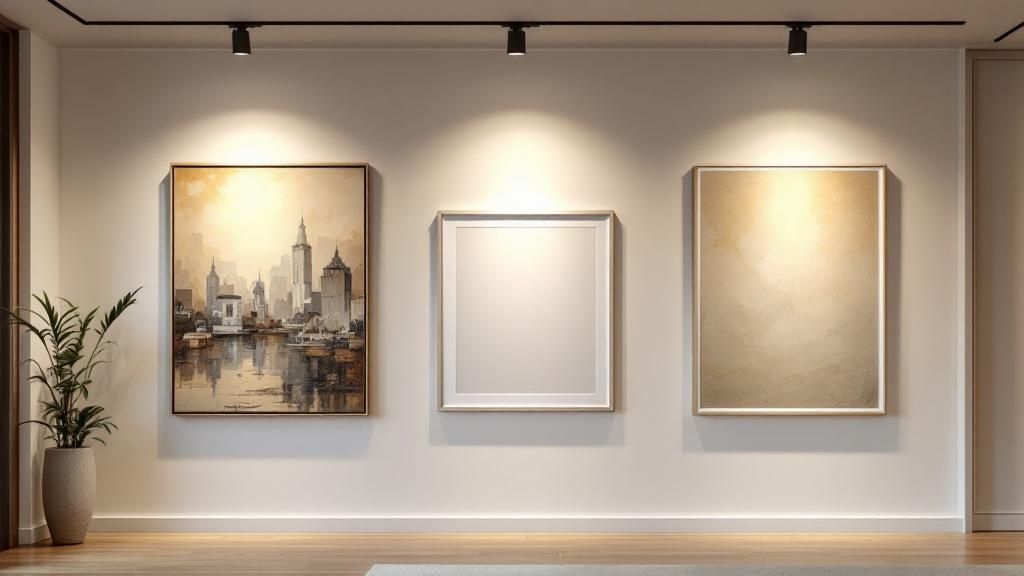
Accent lighting is used mainly to focus on a specific point of interest or to achieve the desired effect. This type of lighting gives the impression of a larger room. It is more frequently used to highlight an architectural feature, a plant (in outdoor layout), a sculpture, or a collection of objects.
As a general rule, effective accent lighting requires the installation of three times more light on the focal point than ambient lighting generally provides. All these 3 layers of lighting will provide the overall visual effect to a space.
Types of Fixtures that Provide Accent Lighting:
- Track light
- Slimline bar and undercabinet
- Tape and extrusion
- Directional recessed fixture or downlight
- Wall-mounted fixtures
In Summary:
While starting a lighting design with these three types of lighting, we often start designing our lighting plan with ambient lighting and then go on to identifying the areas where there will be a need for accent lighting. When selecting the different types of lighting you will use in your situation, it is generally better to go from generic to specific.
However, when multiple specific tasks are performed in a room (a jewelry store, for example) or when there are several points to highlight (such as a museum or an art gallery), it is best to start a lighting plan with accent lighting. Therefore, it is essential to know the purpose of a room before starting the development! For more information on lighting requirements, see article 7 Spatial Categories, and their Lighting Requirements.
If you need help designing your lighting plan (commercial or industrial), call our project department. Our experts will provide free energy audits, fixtures, and a solution with various types of lighting to improve it. Also apart from these three layers of lighting, we have feature lighting which can be covered as a separate topic.
